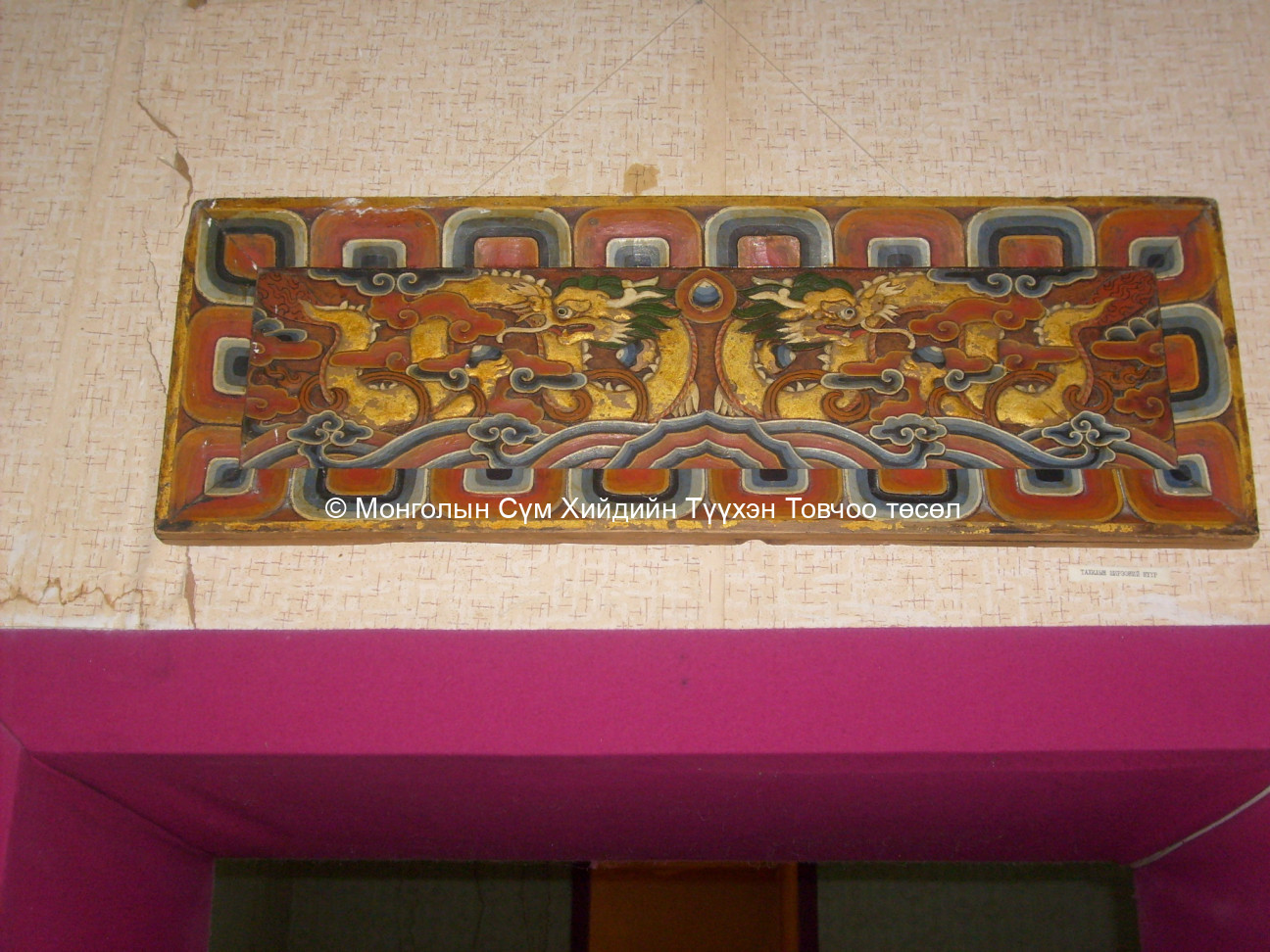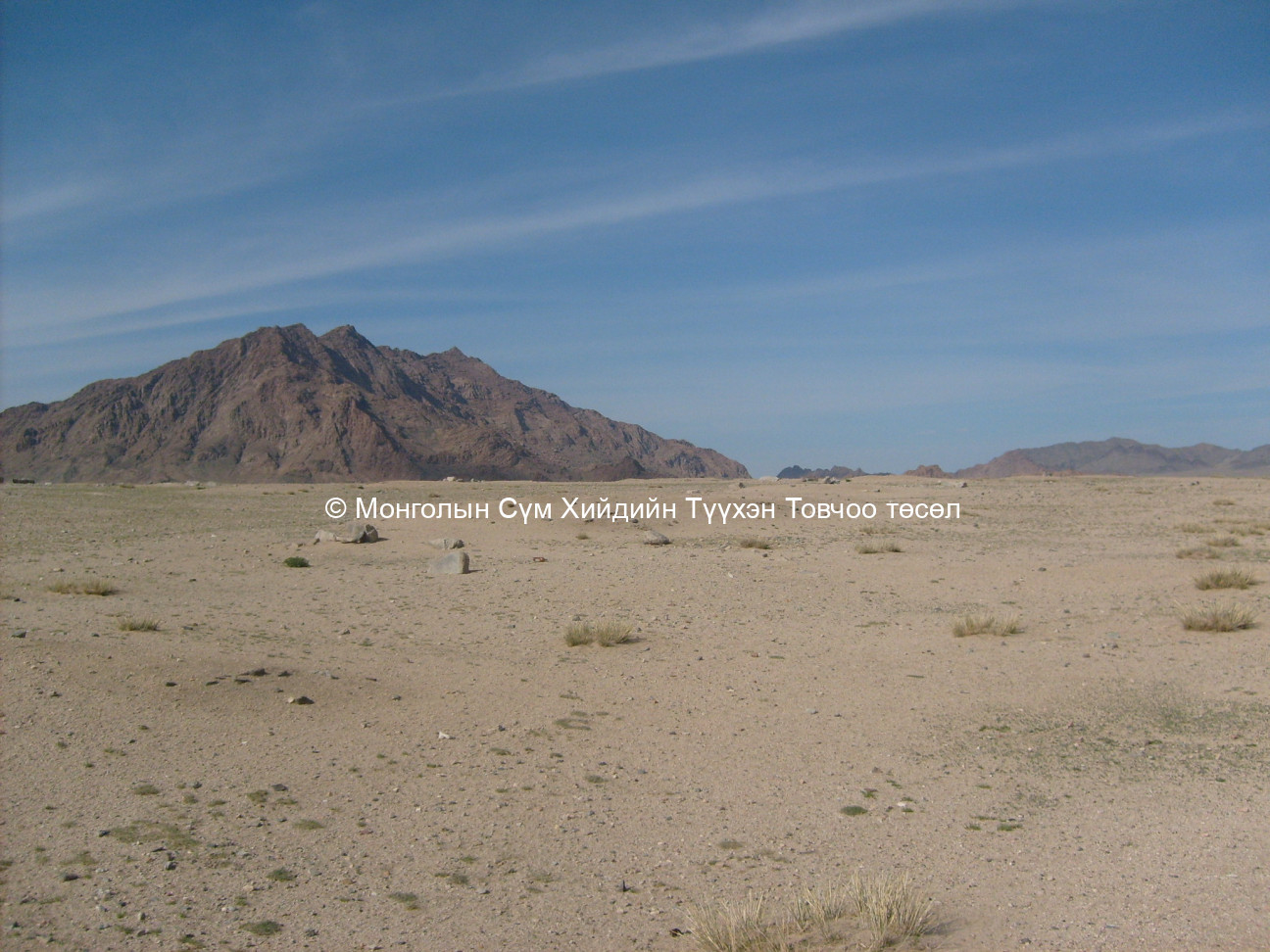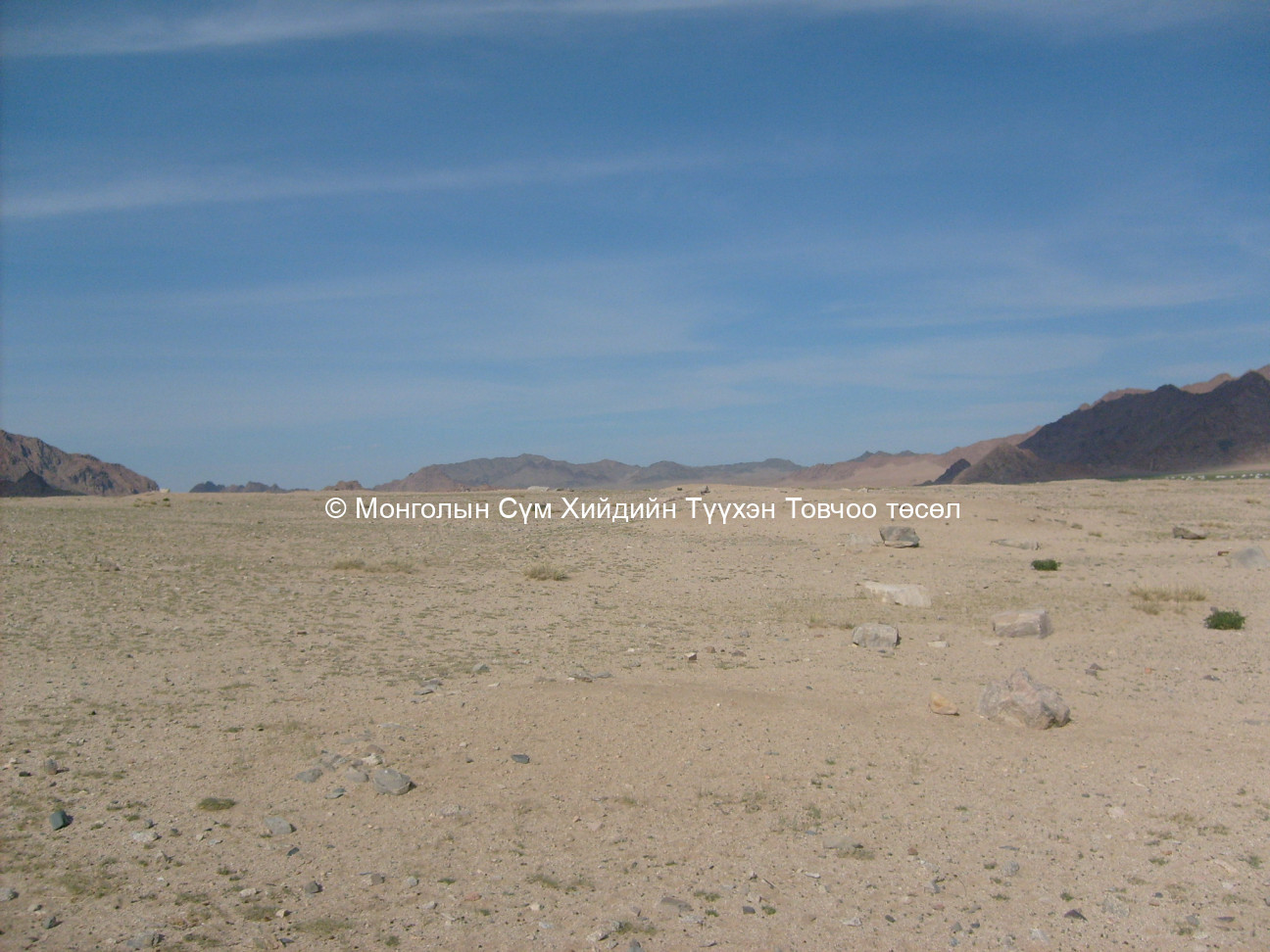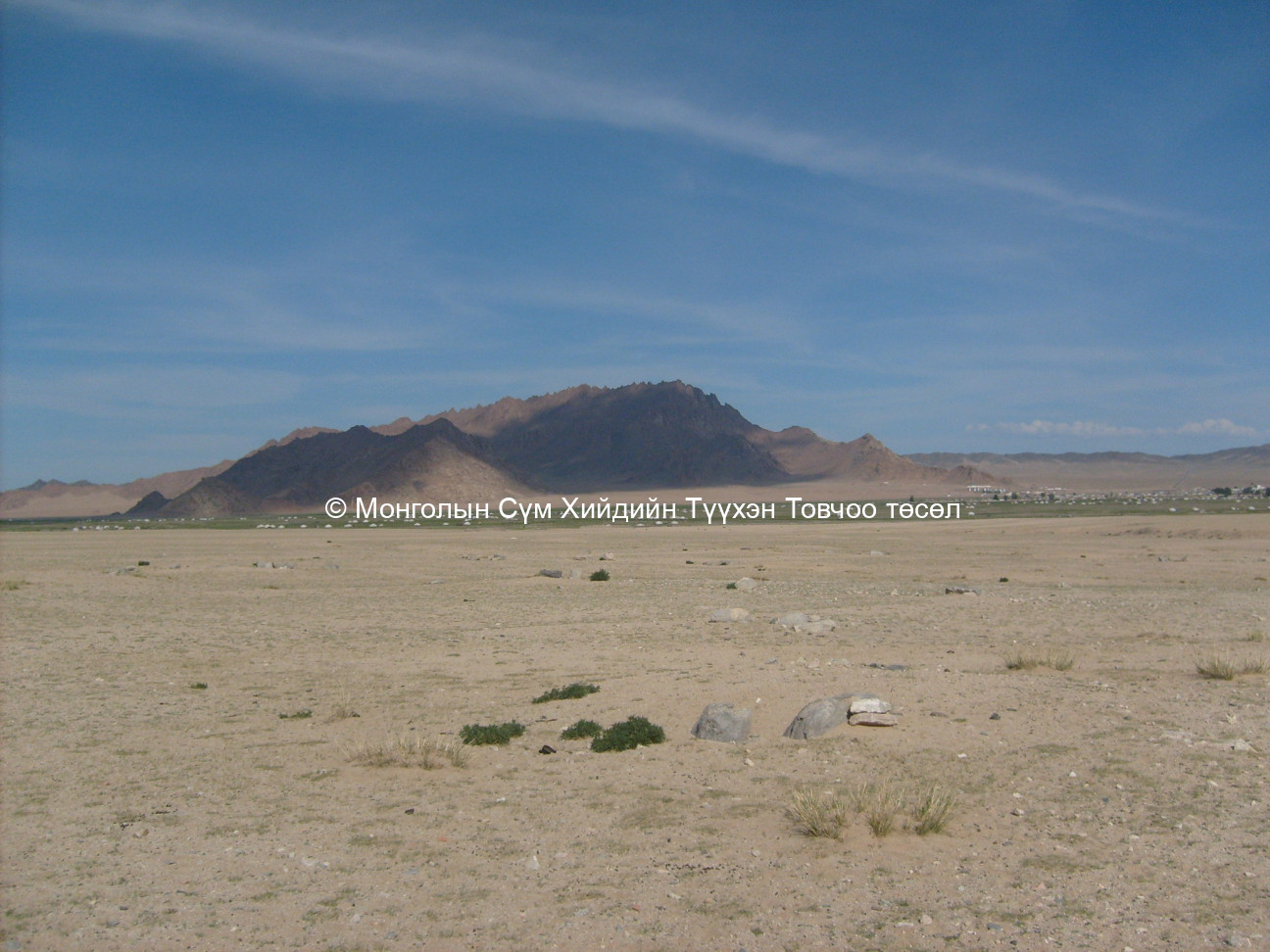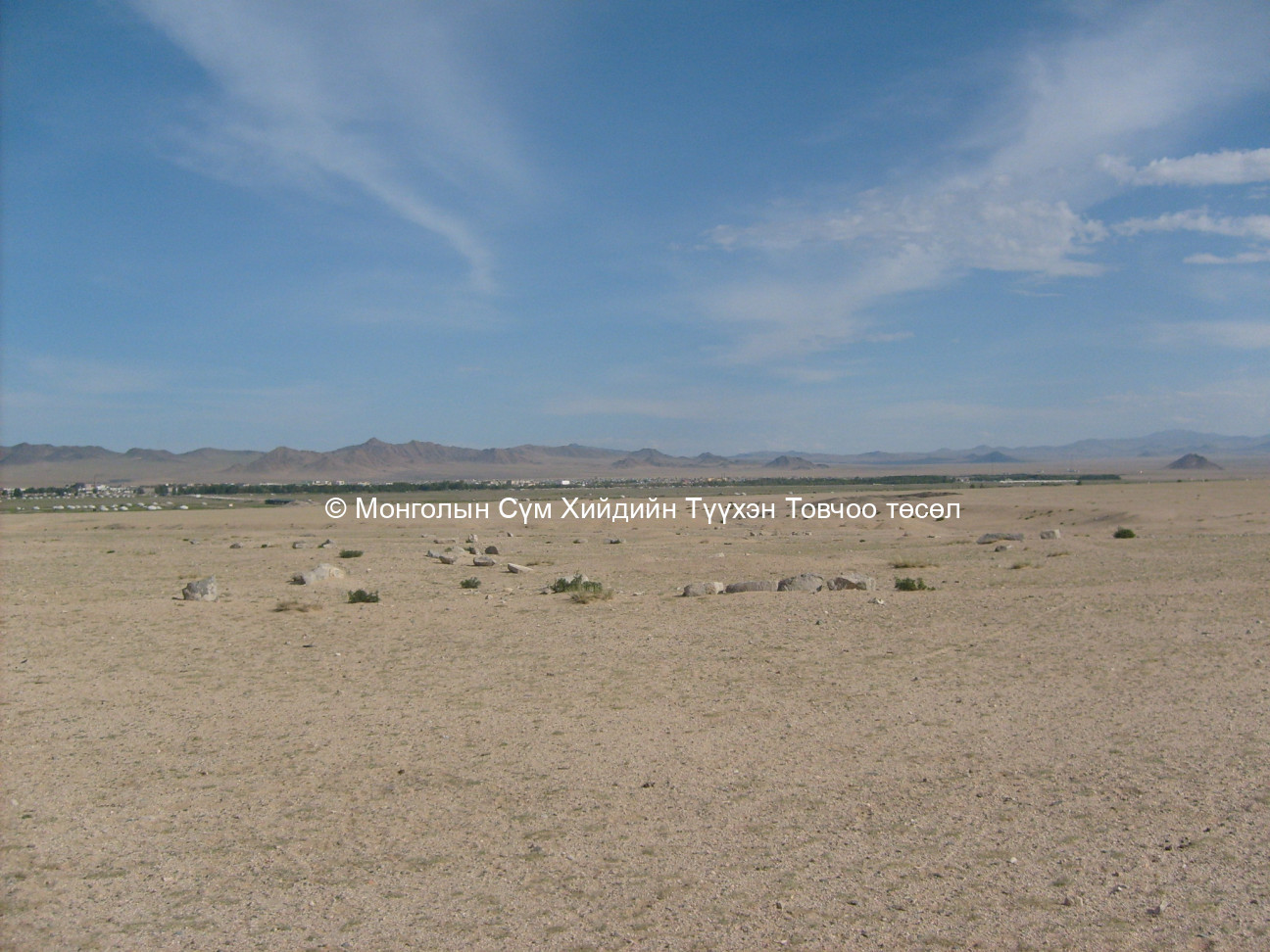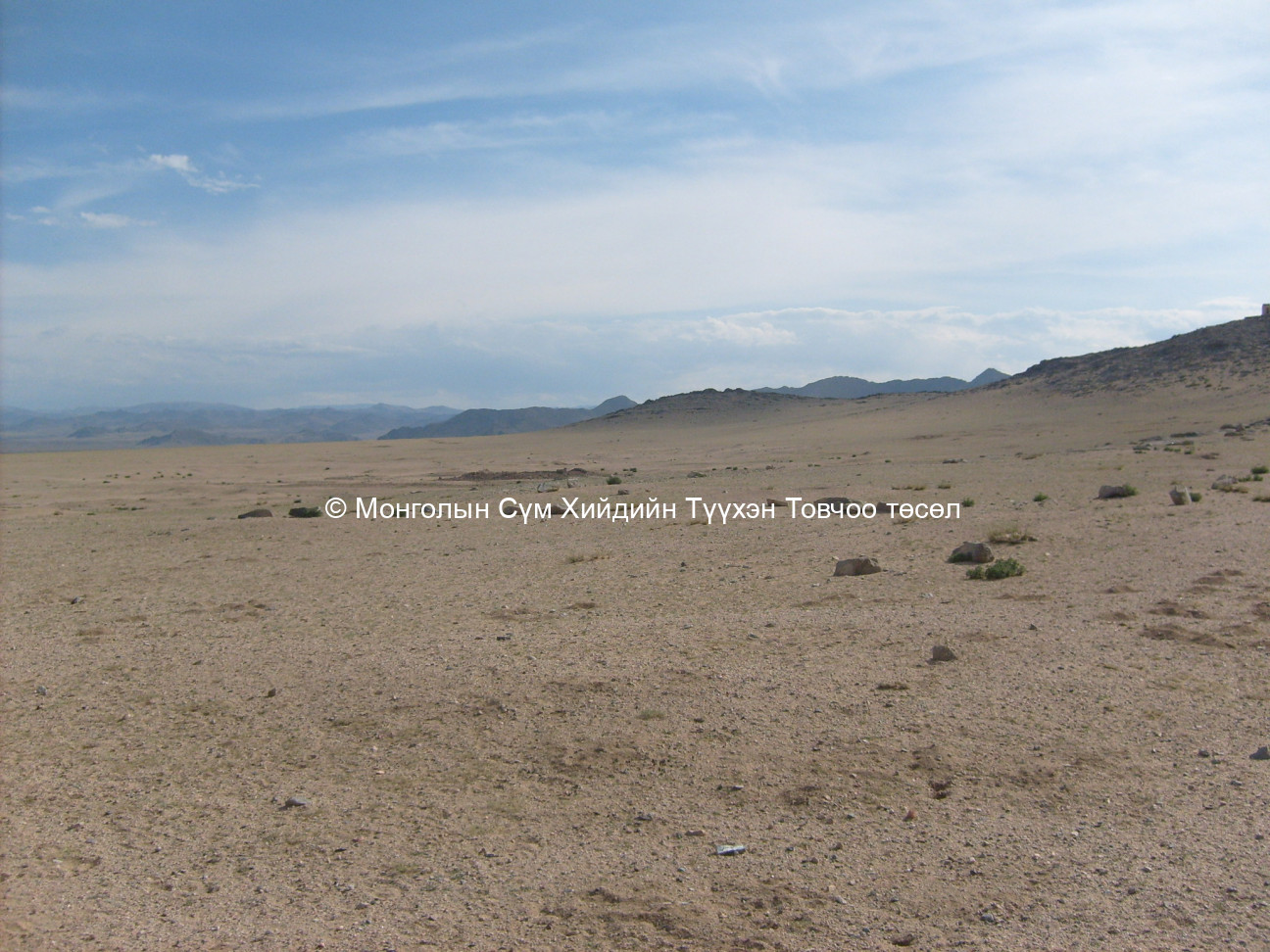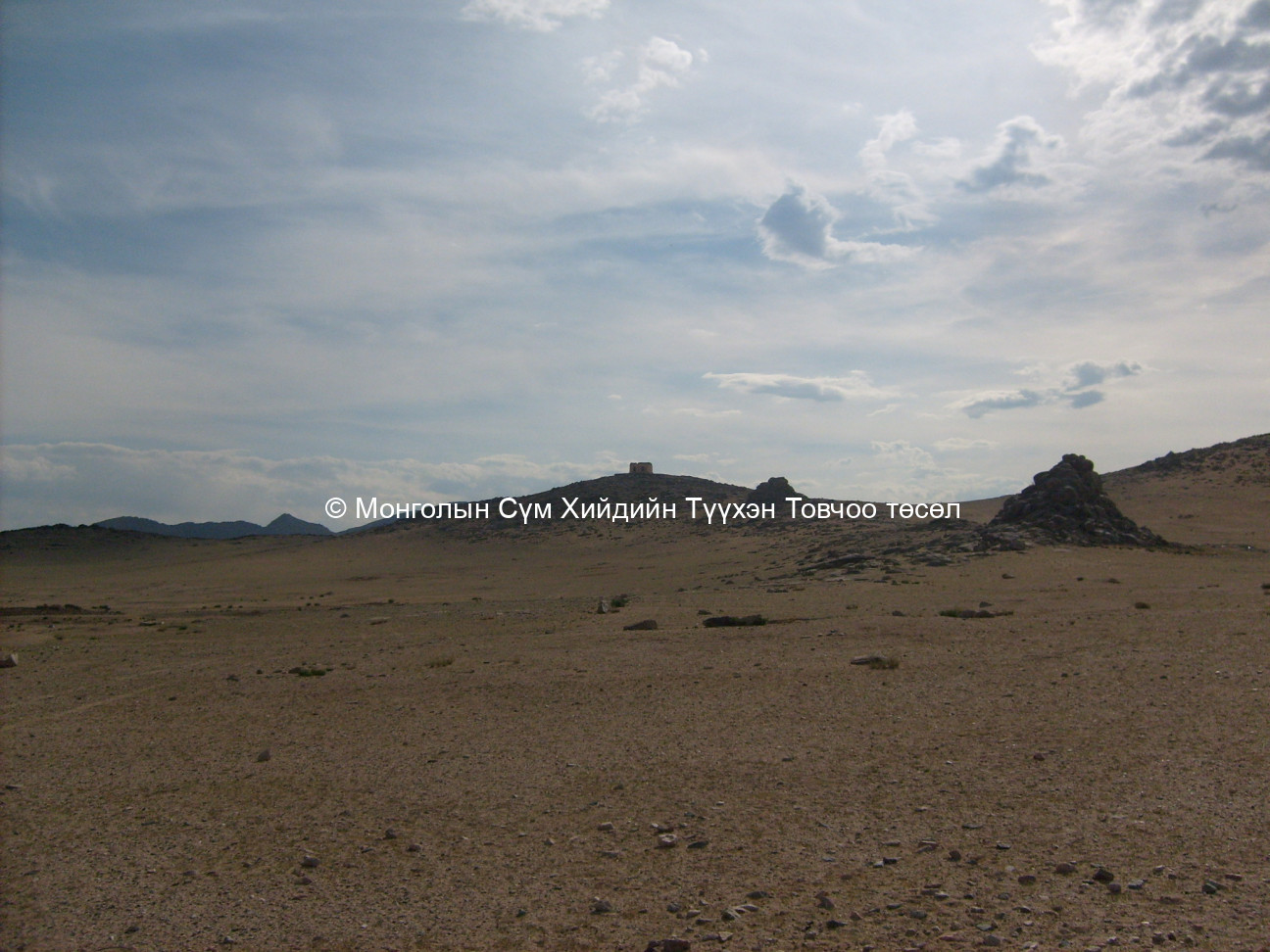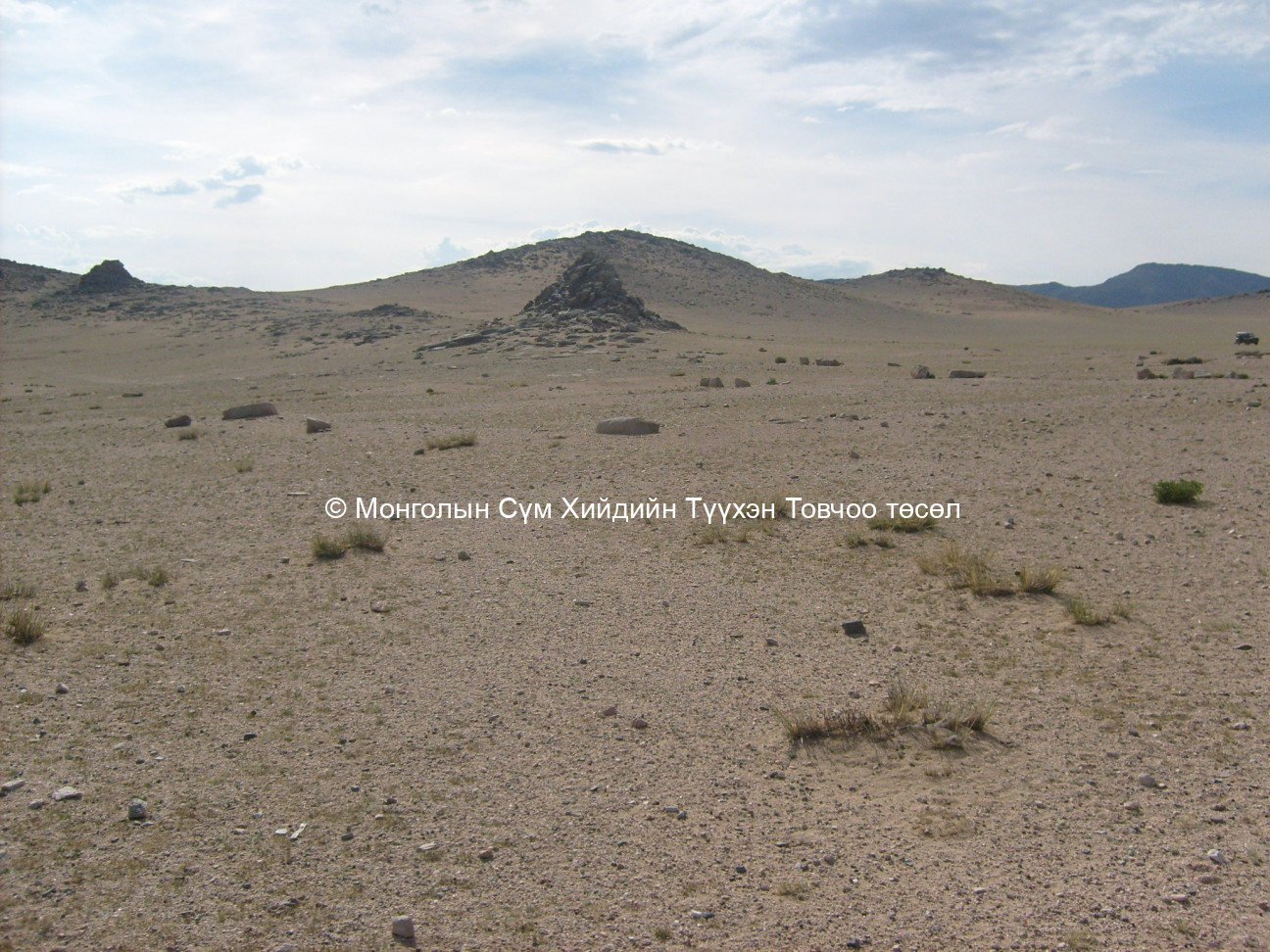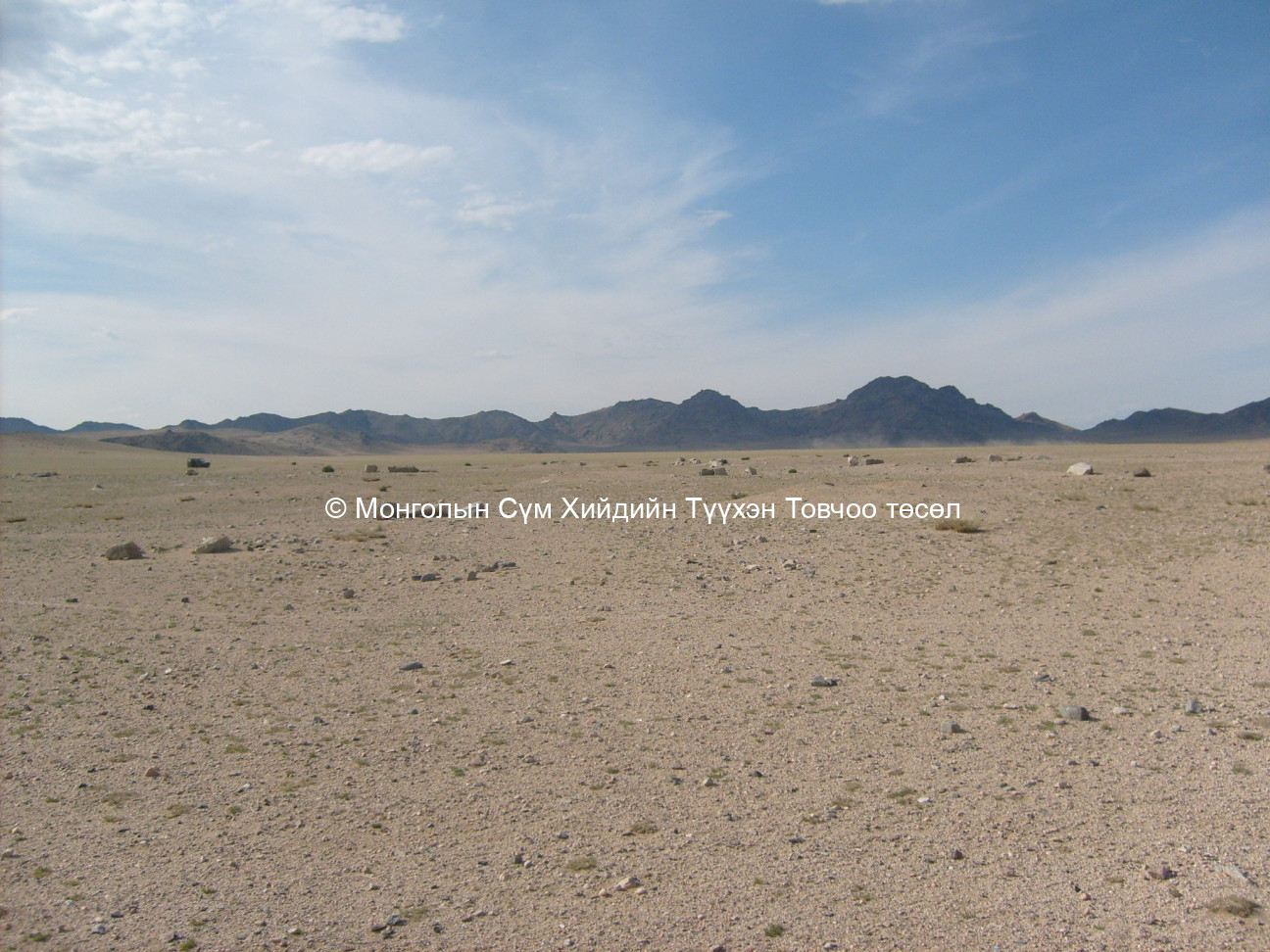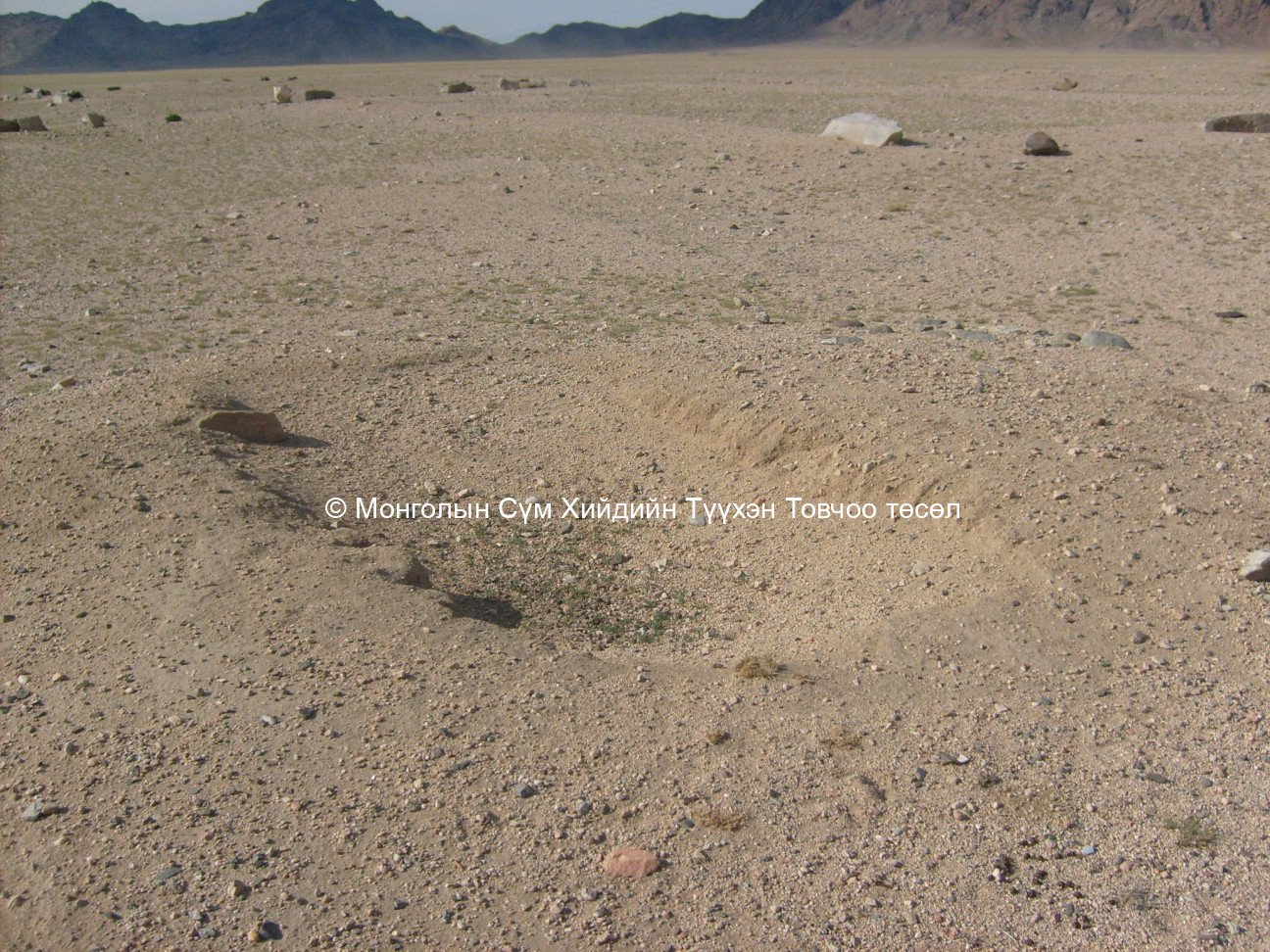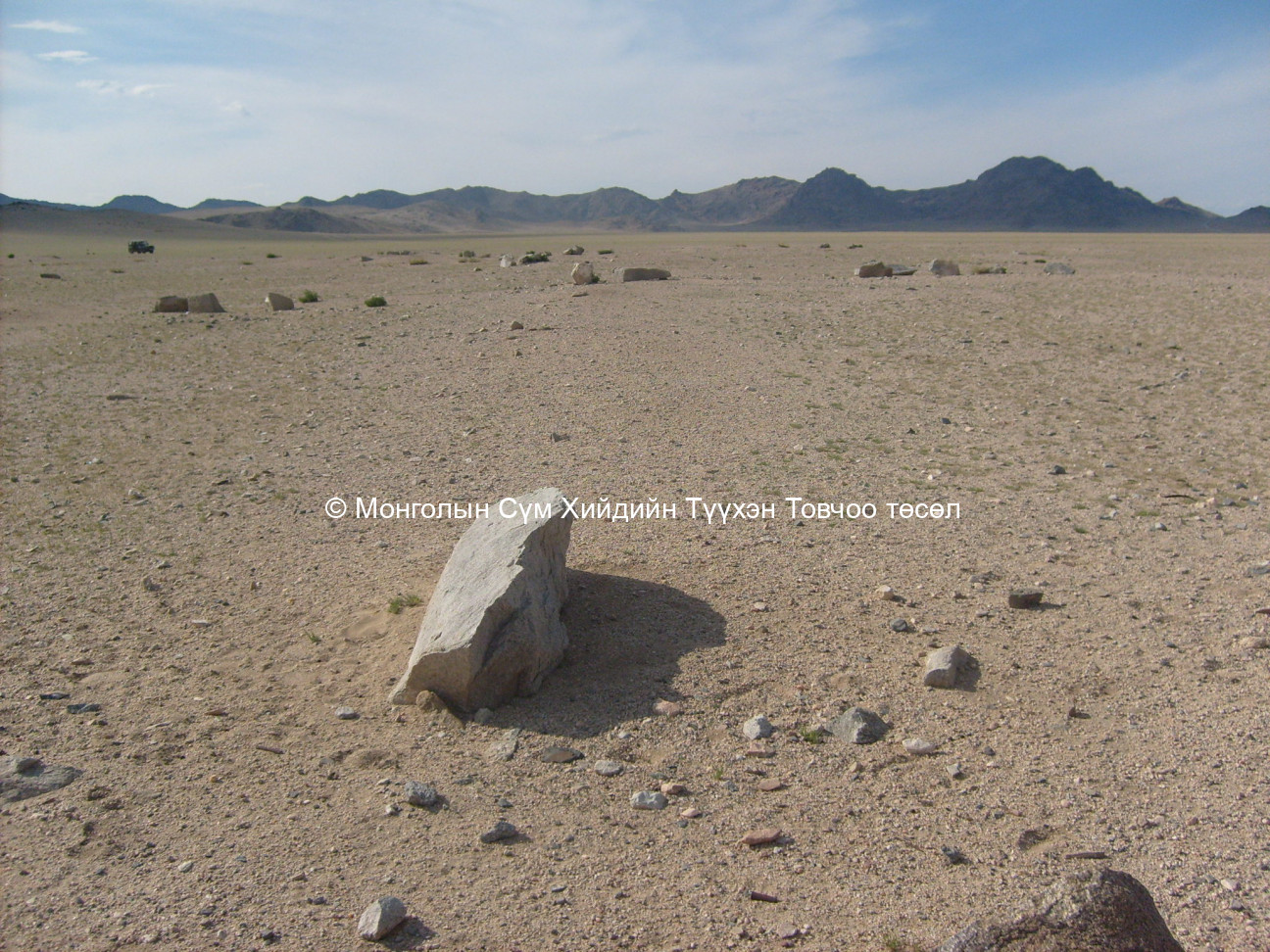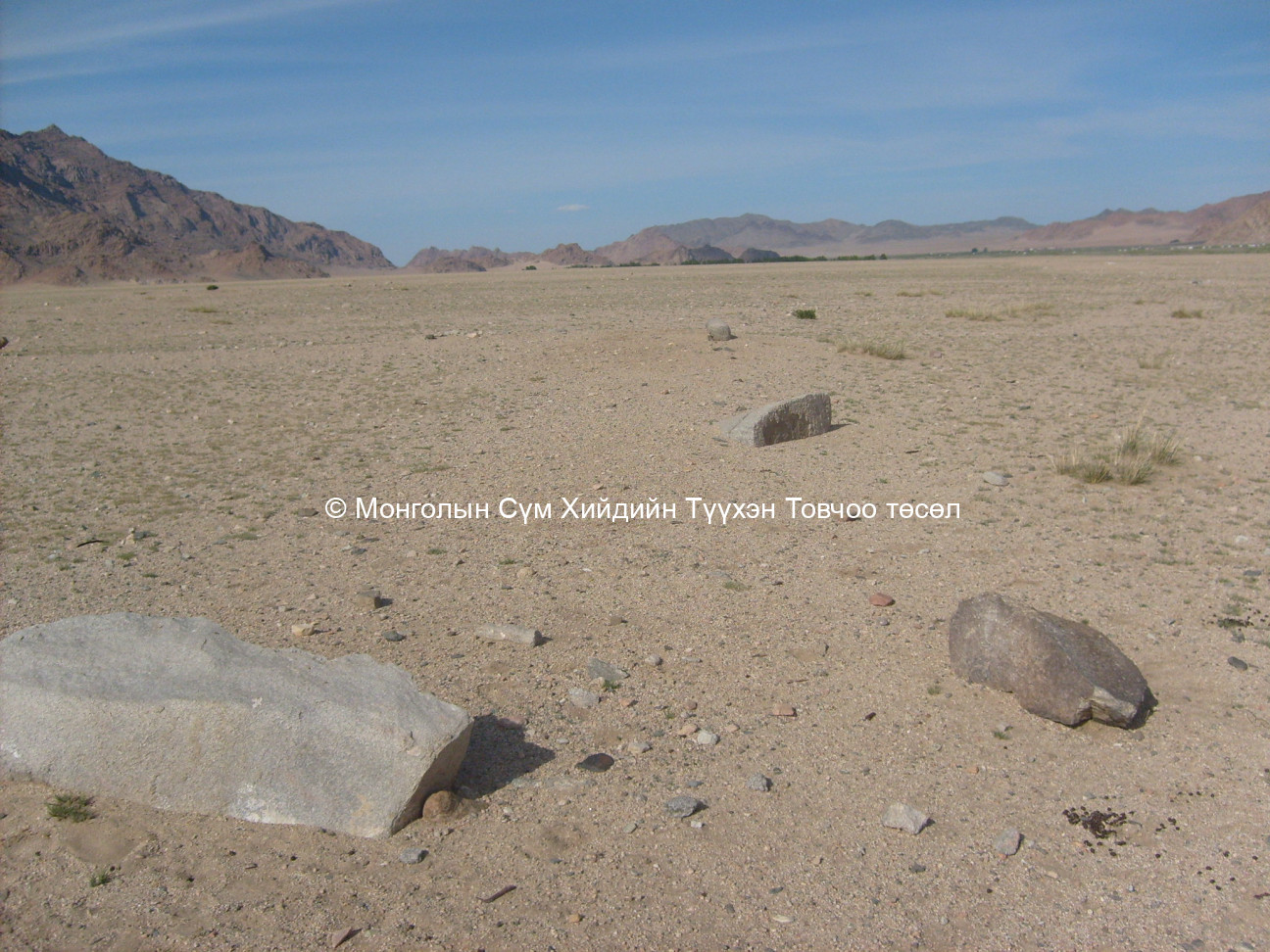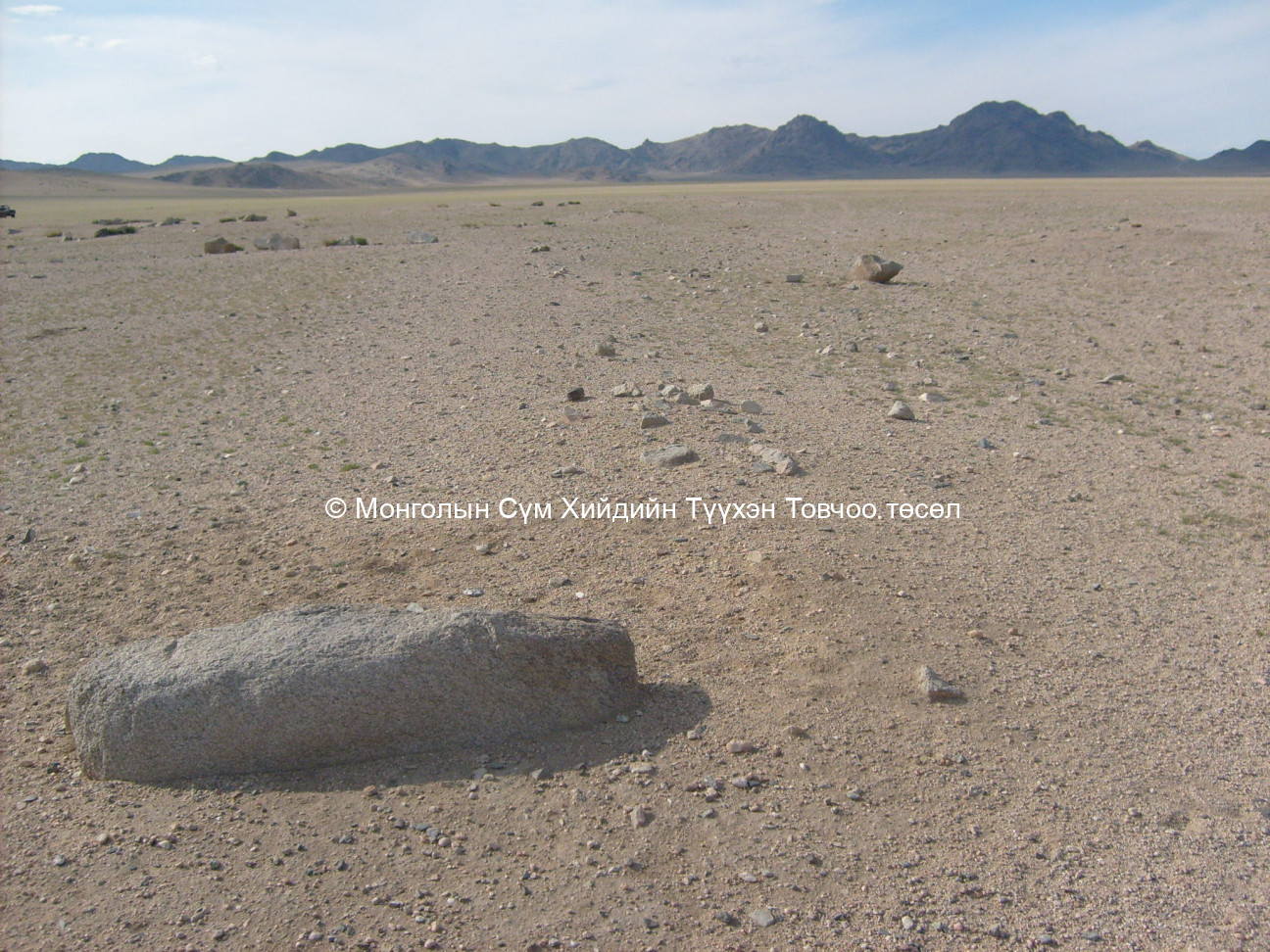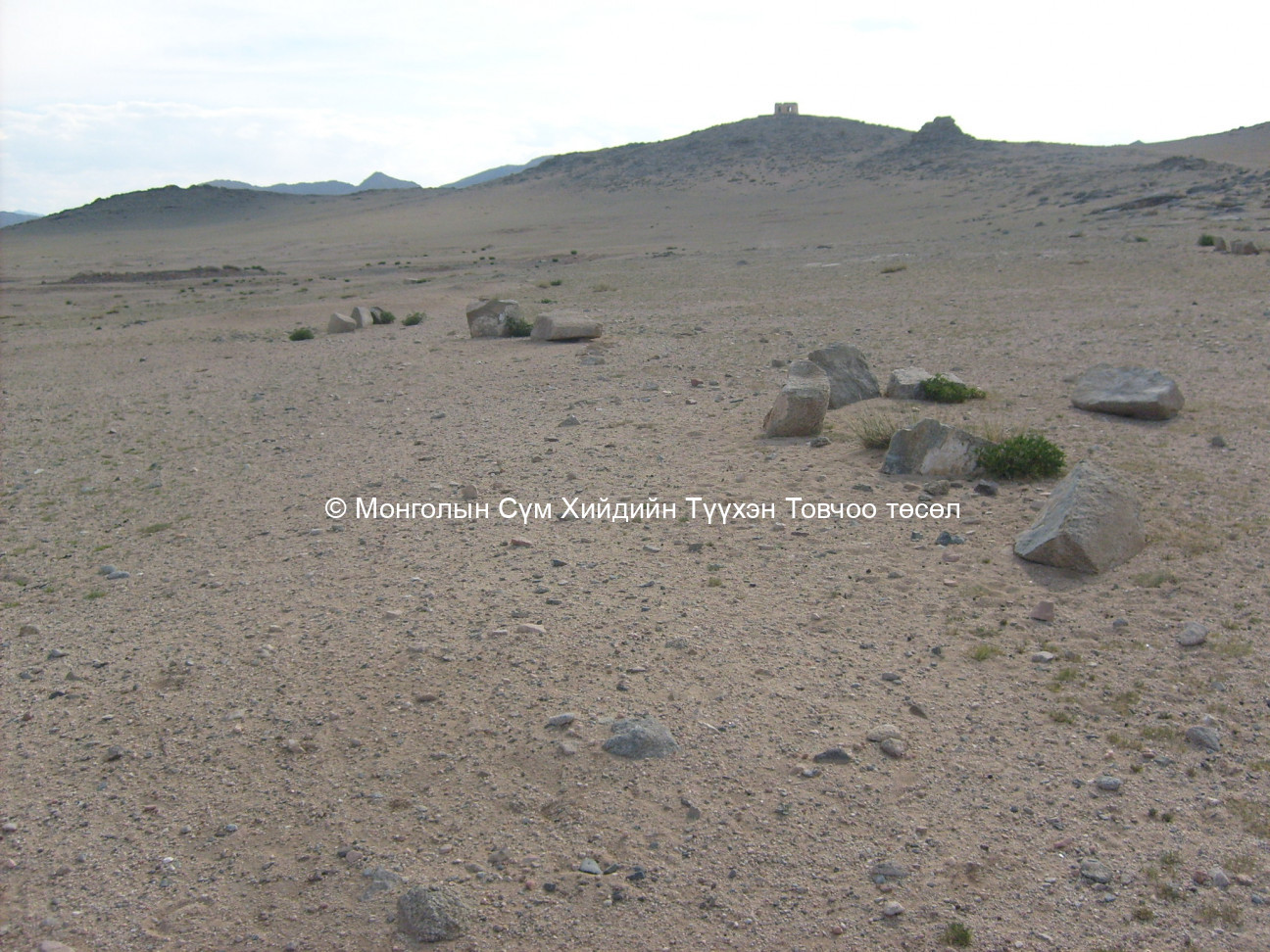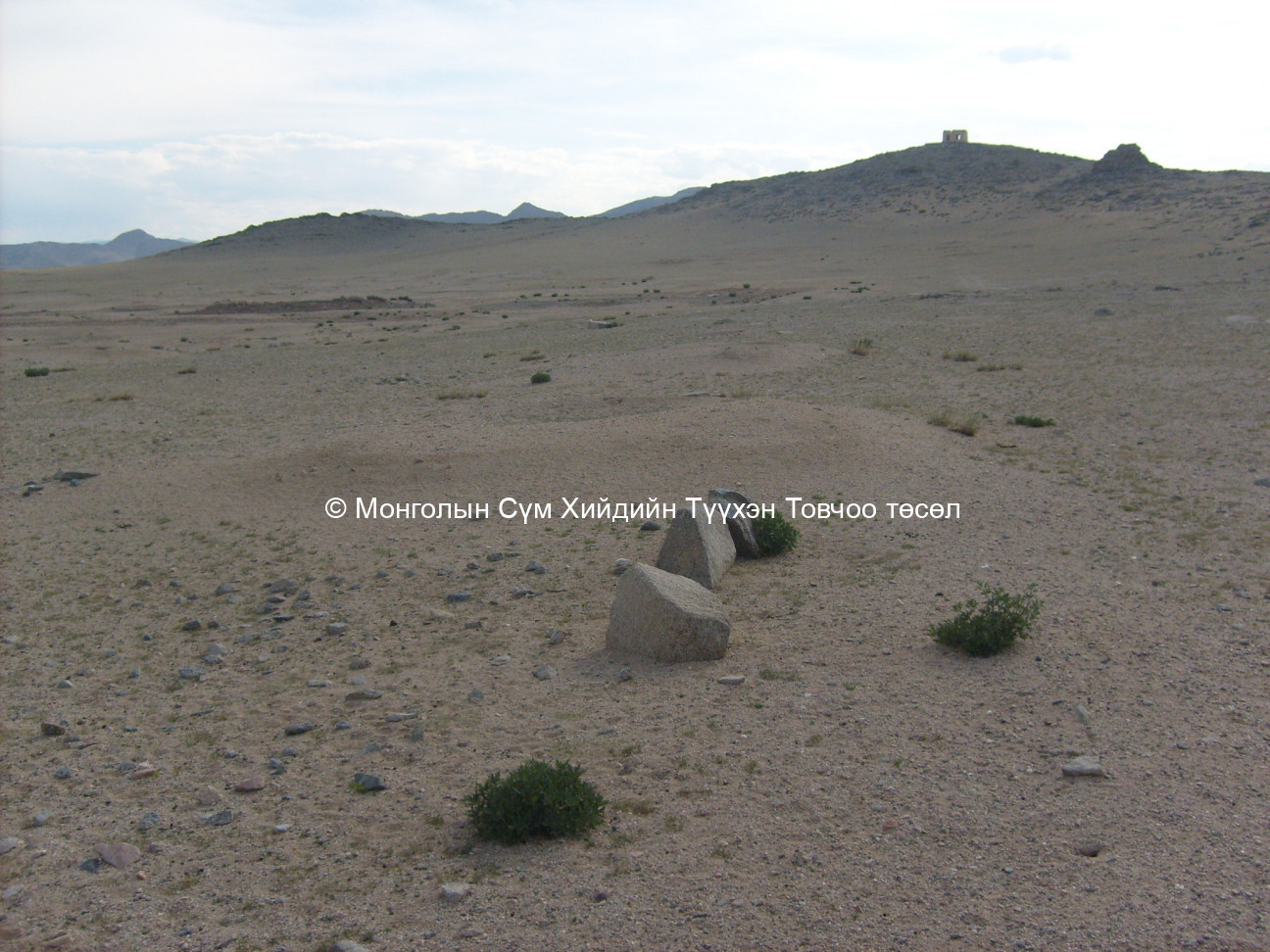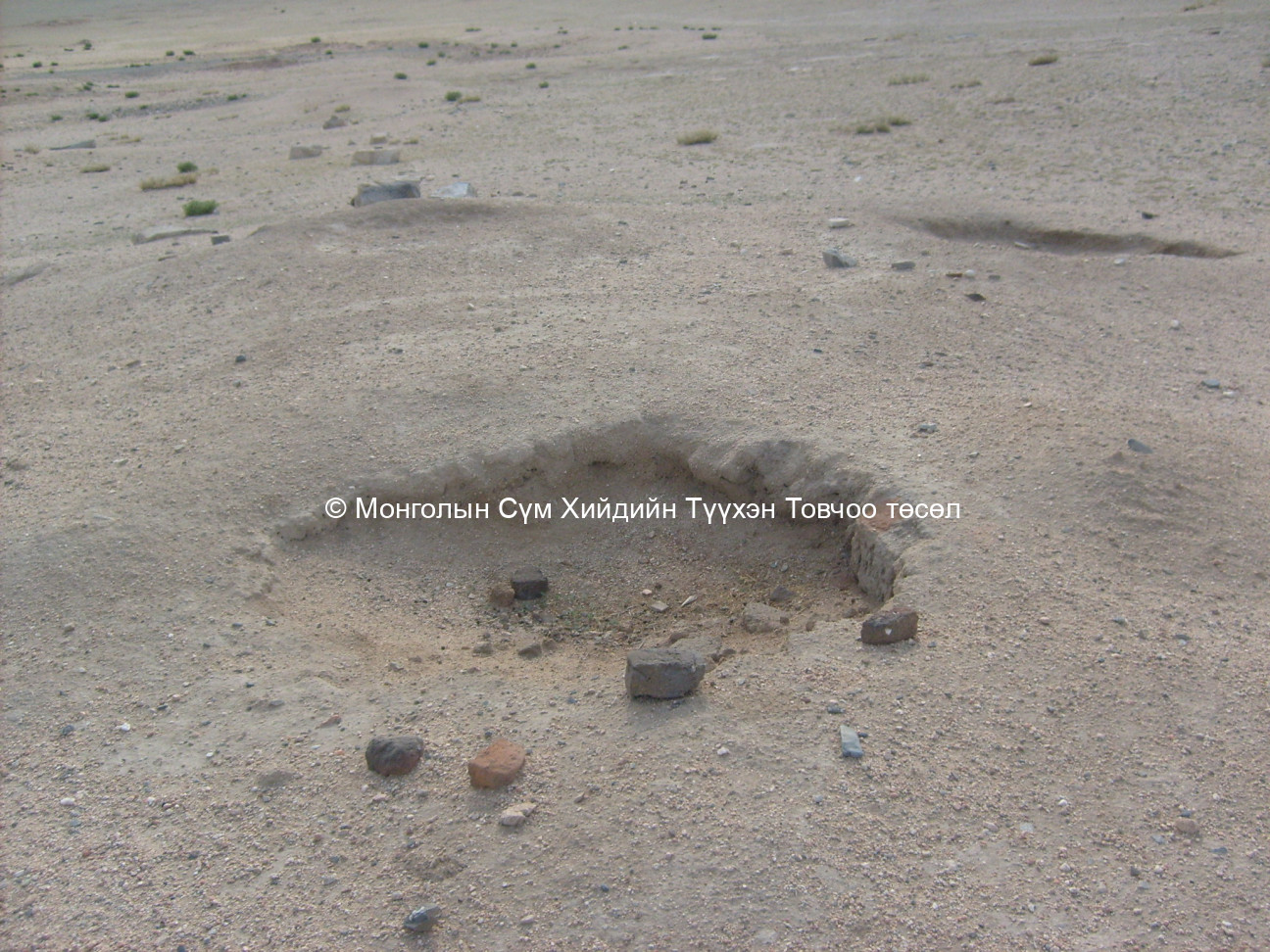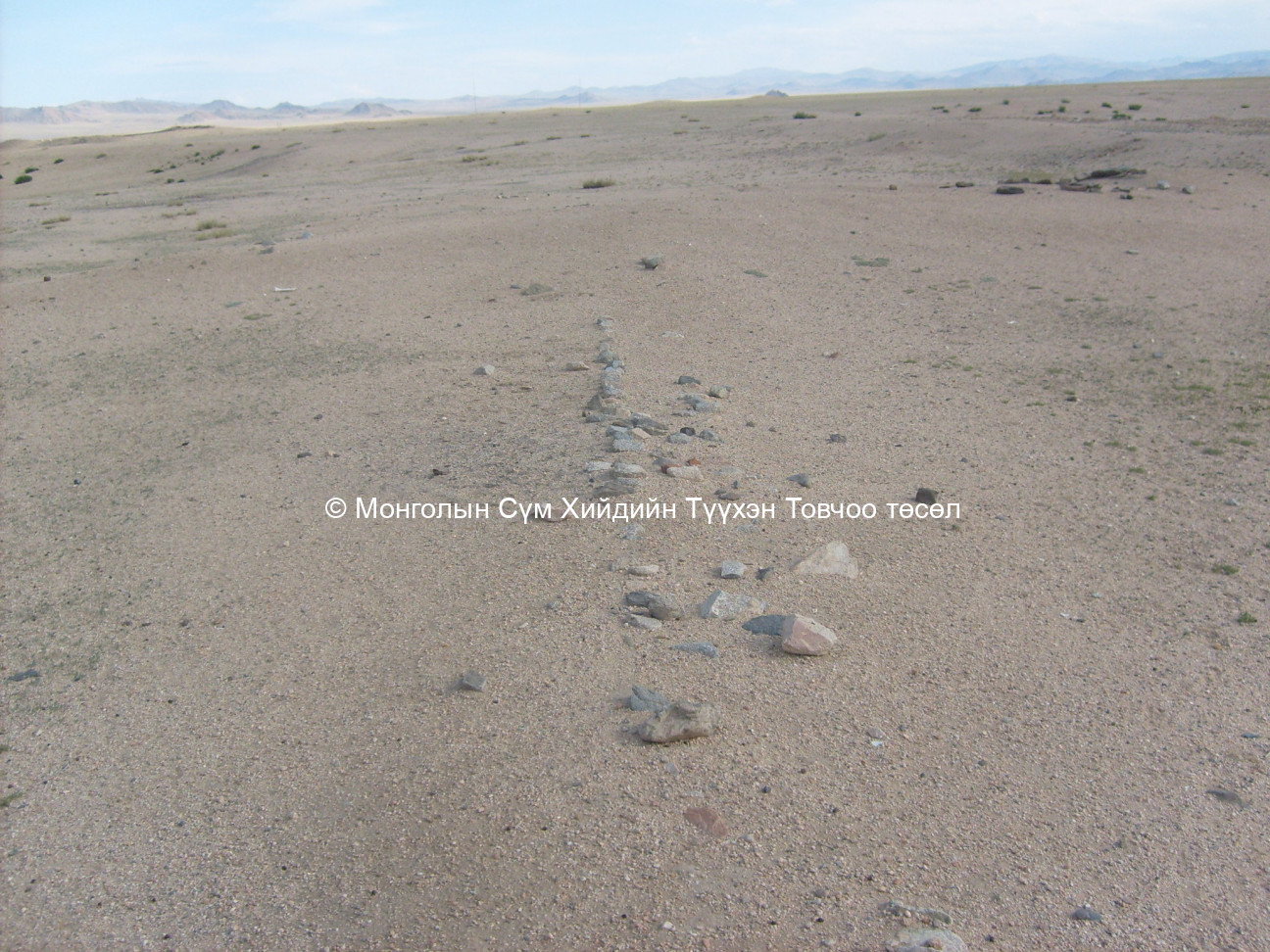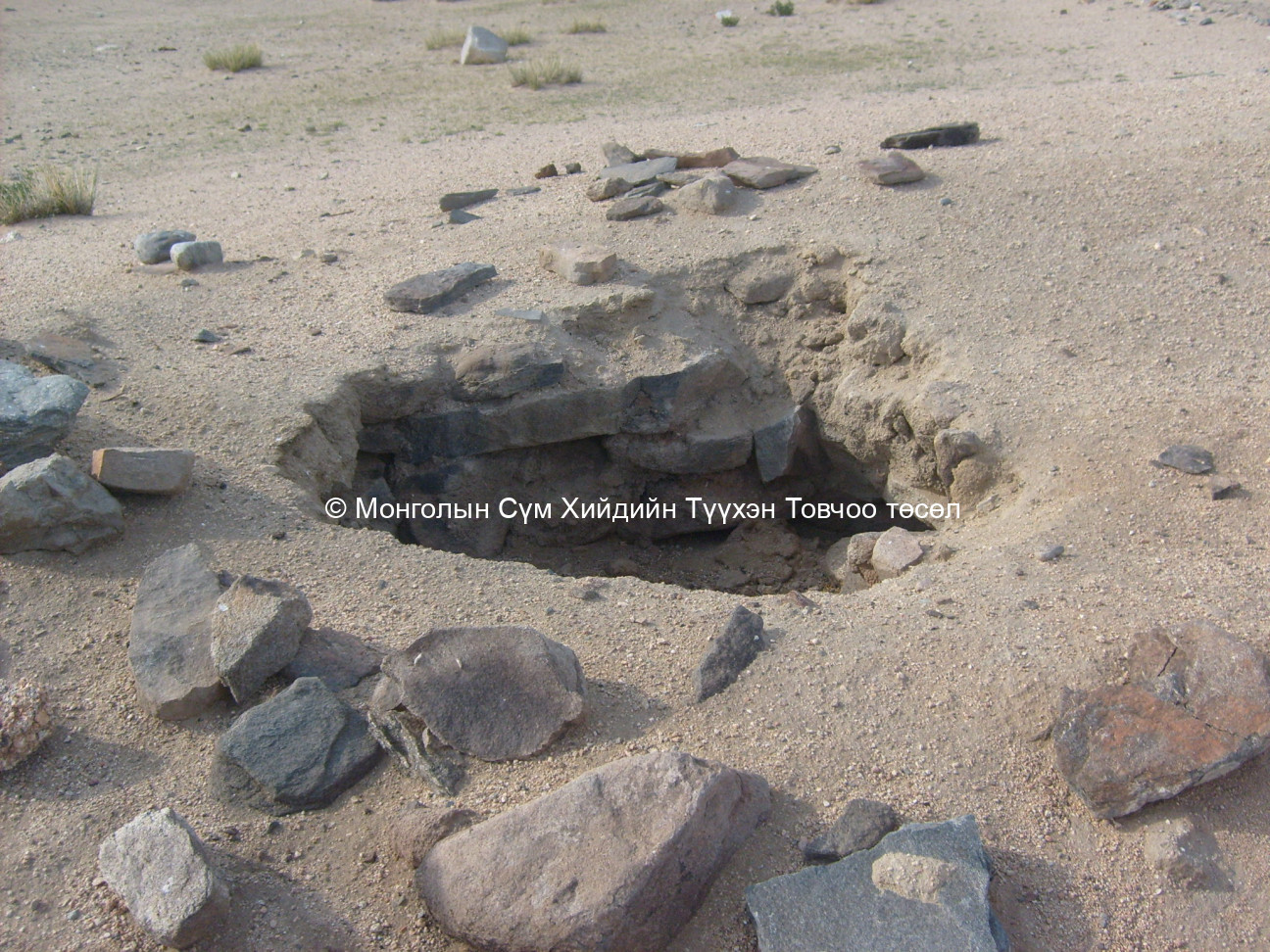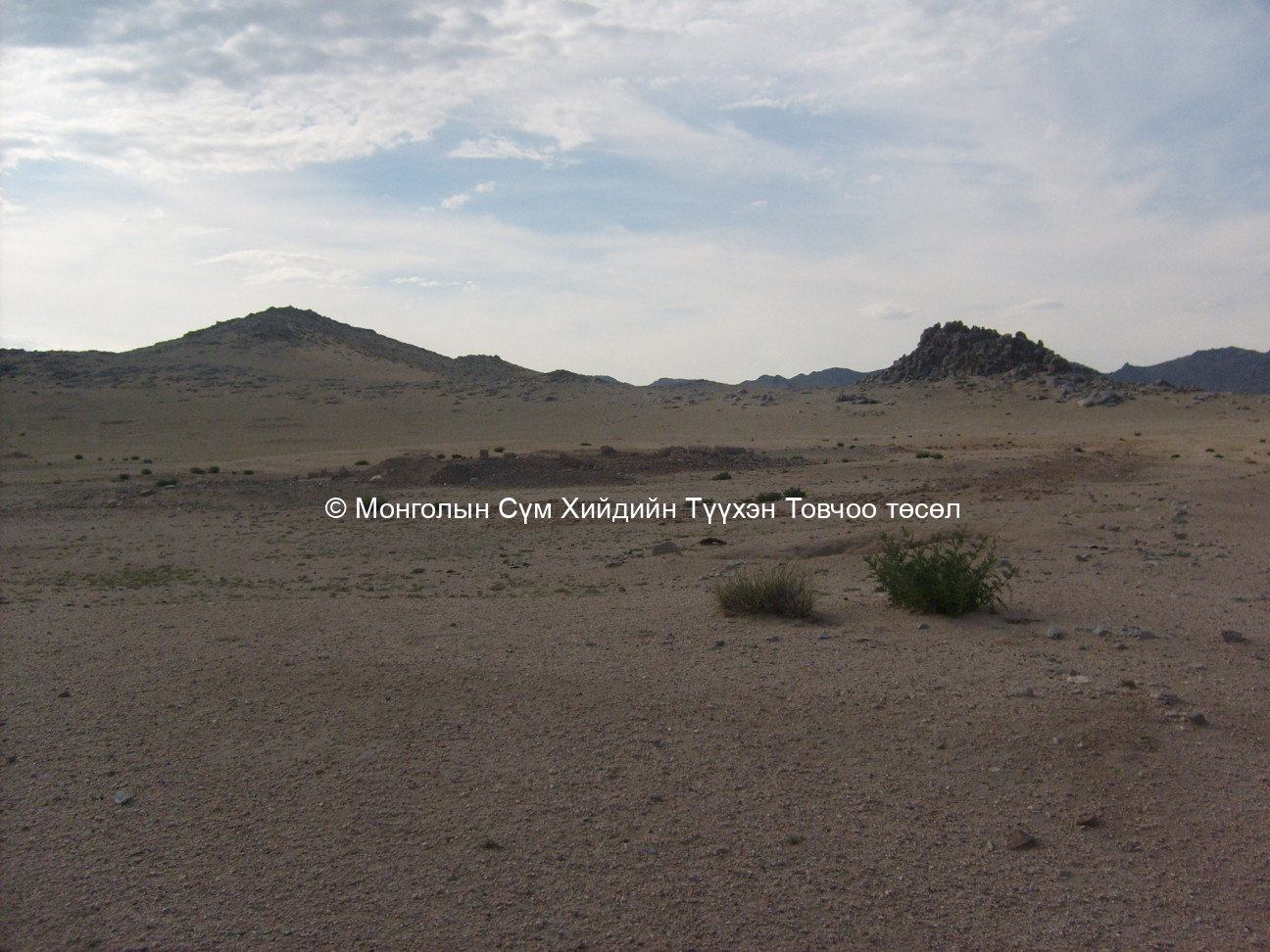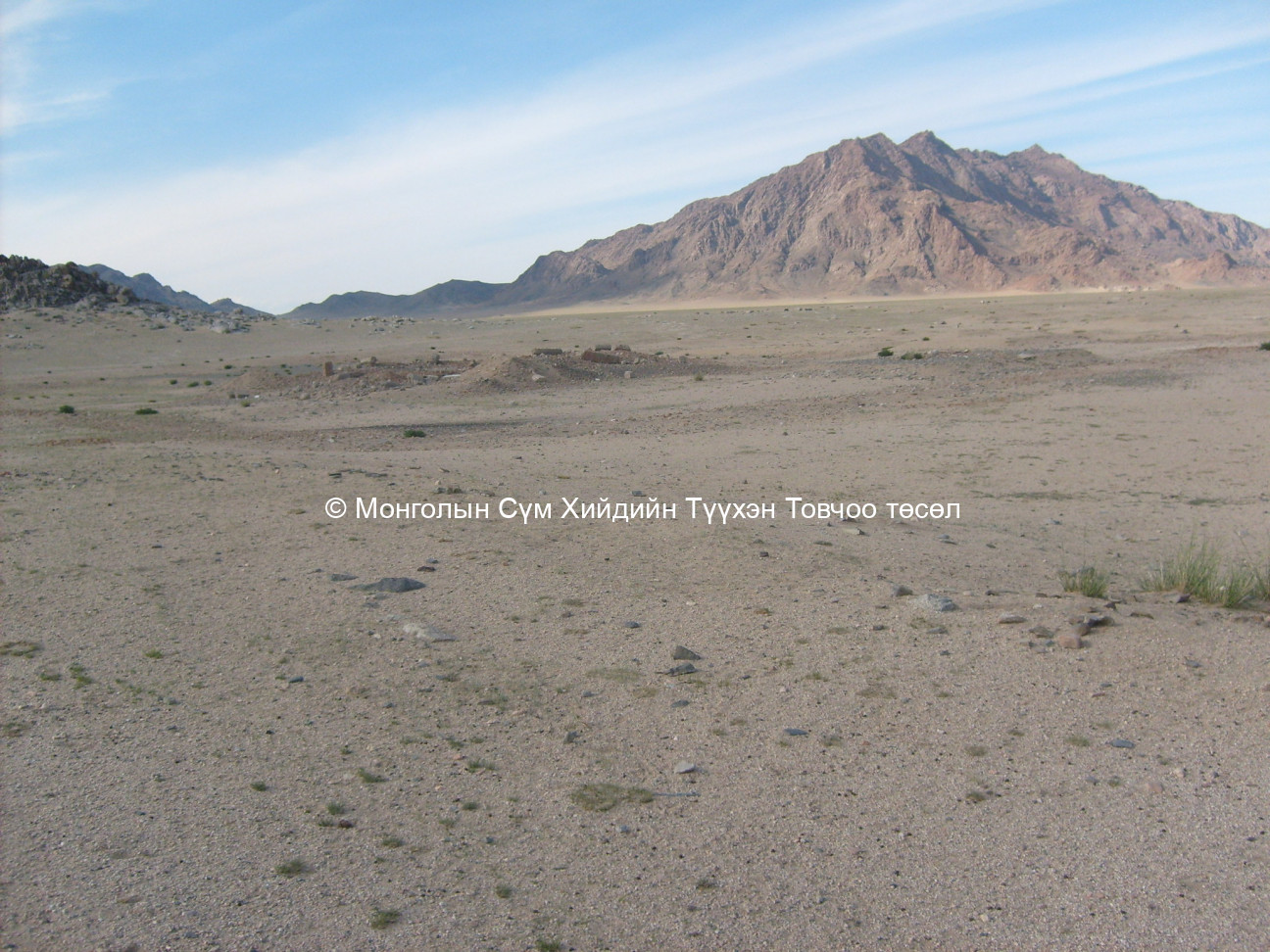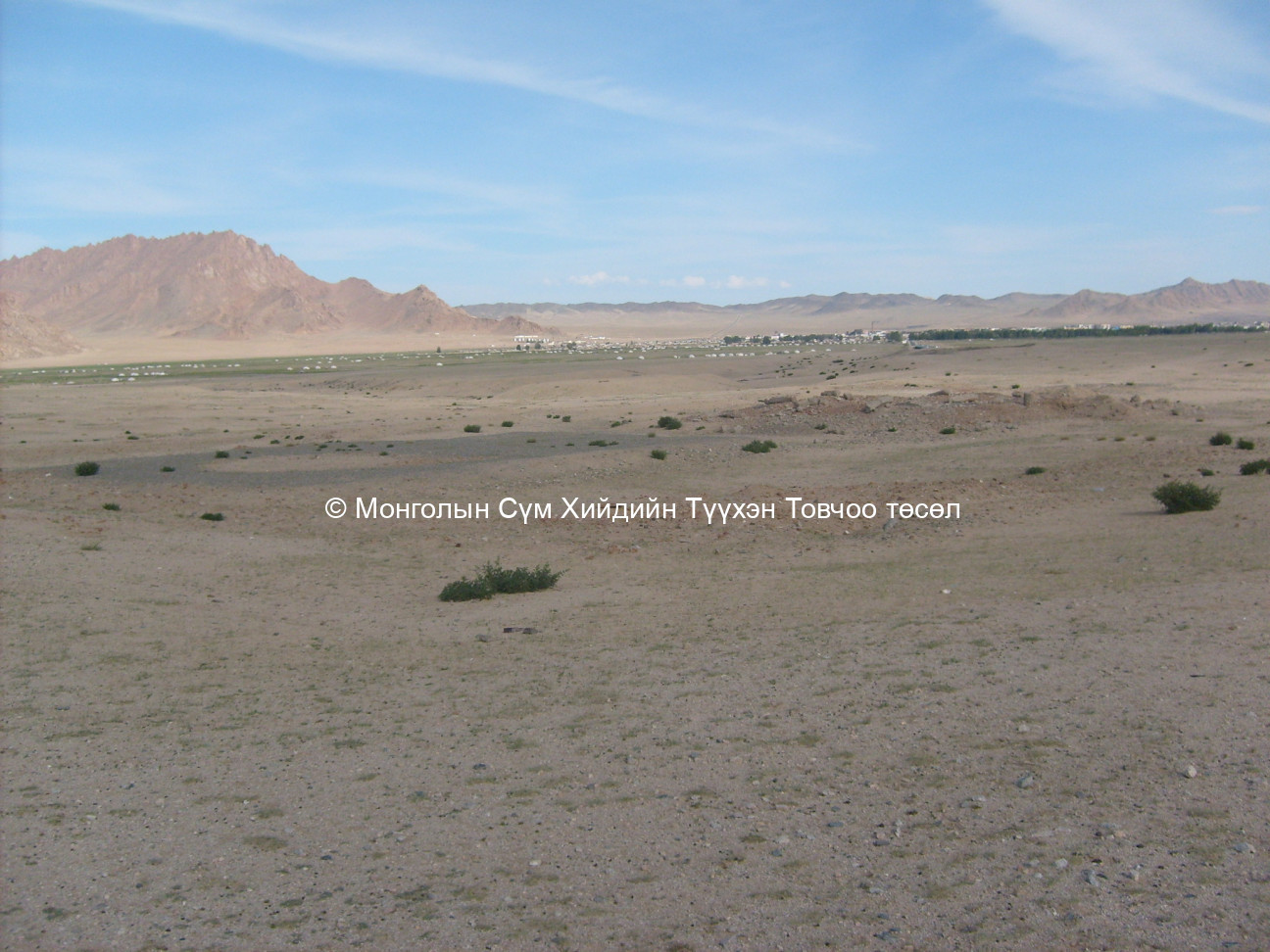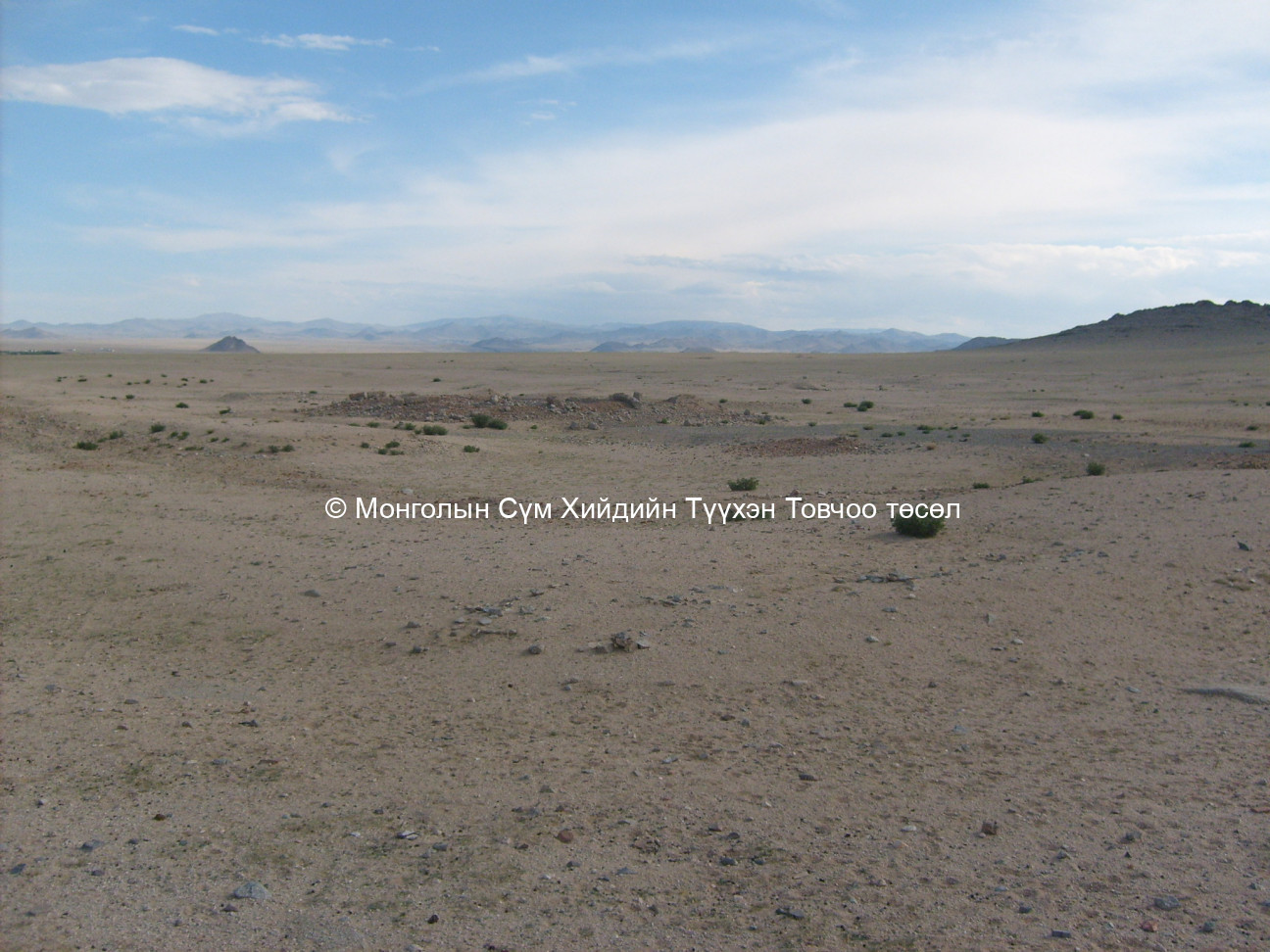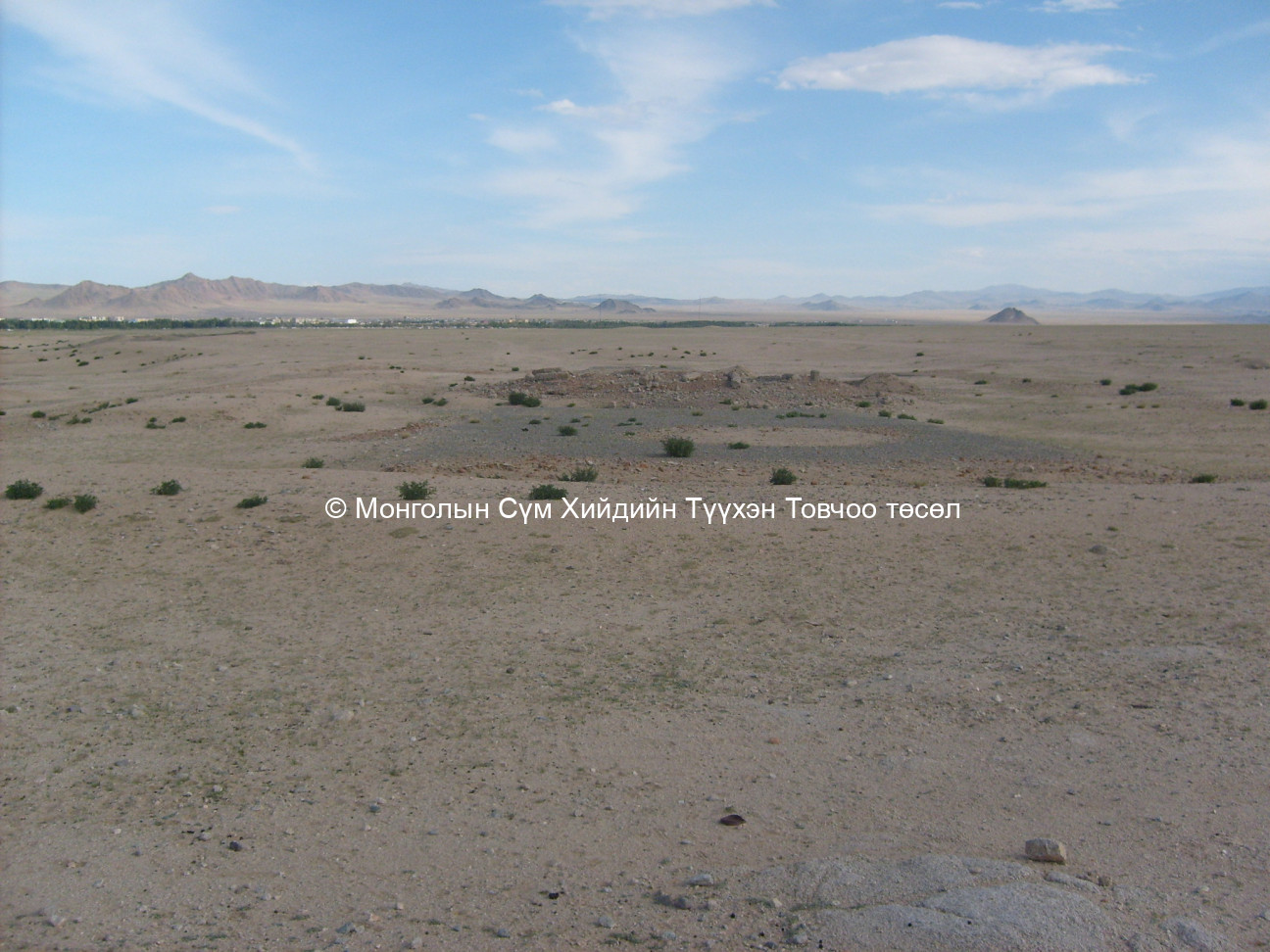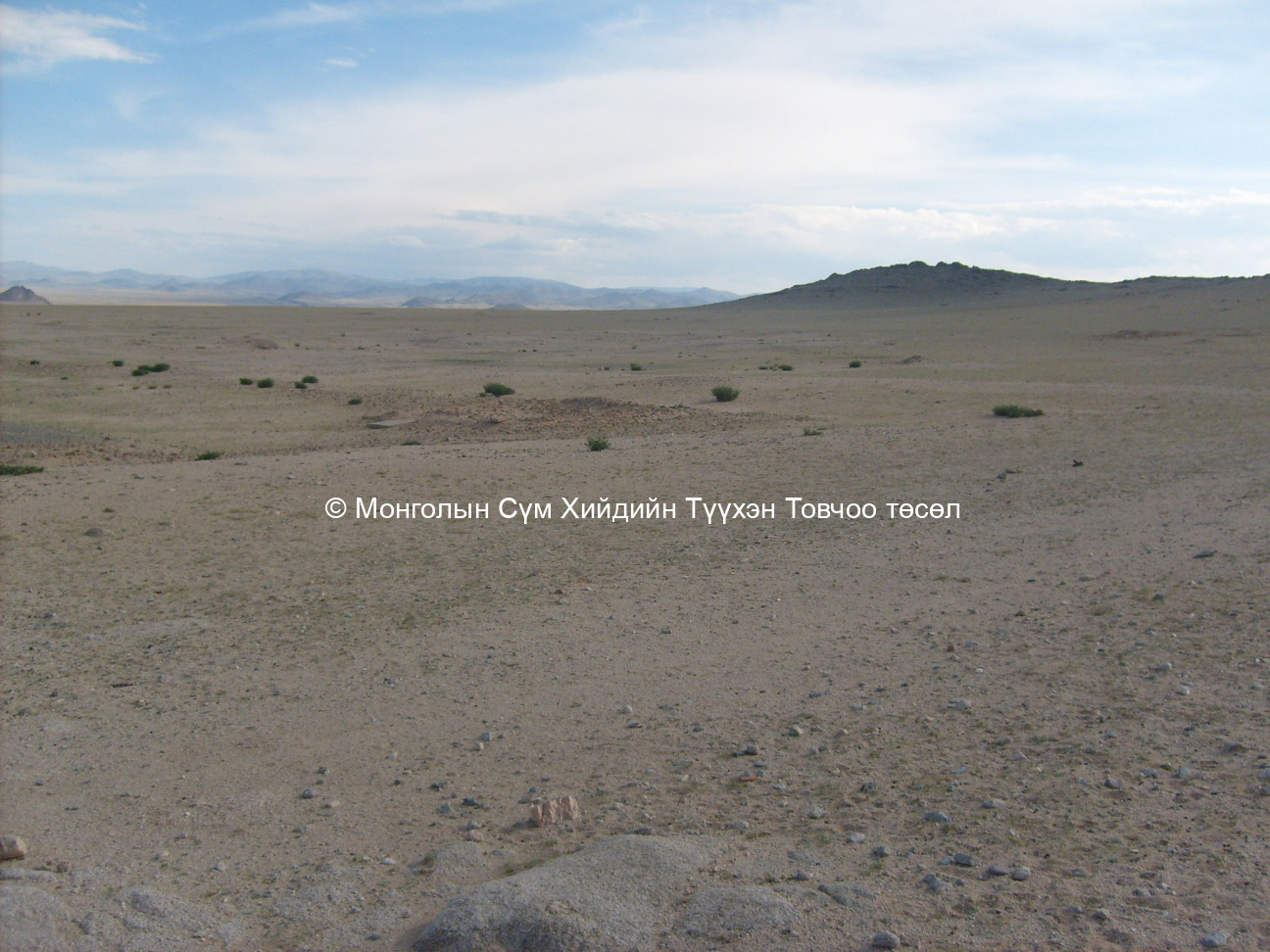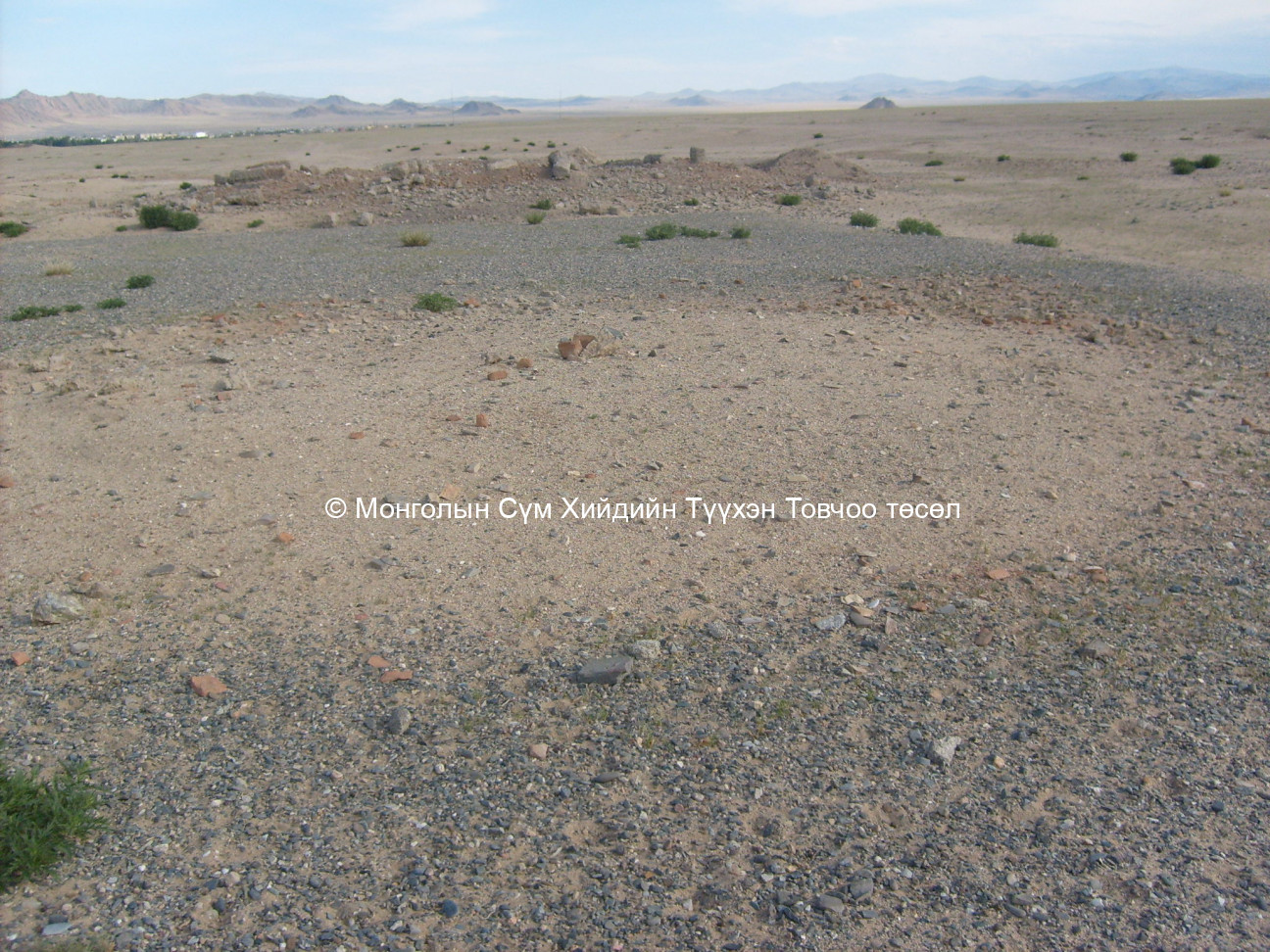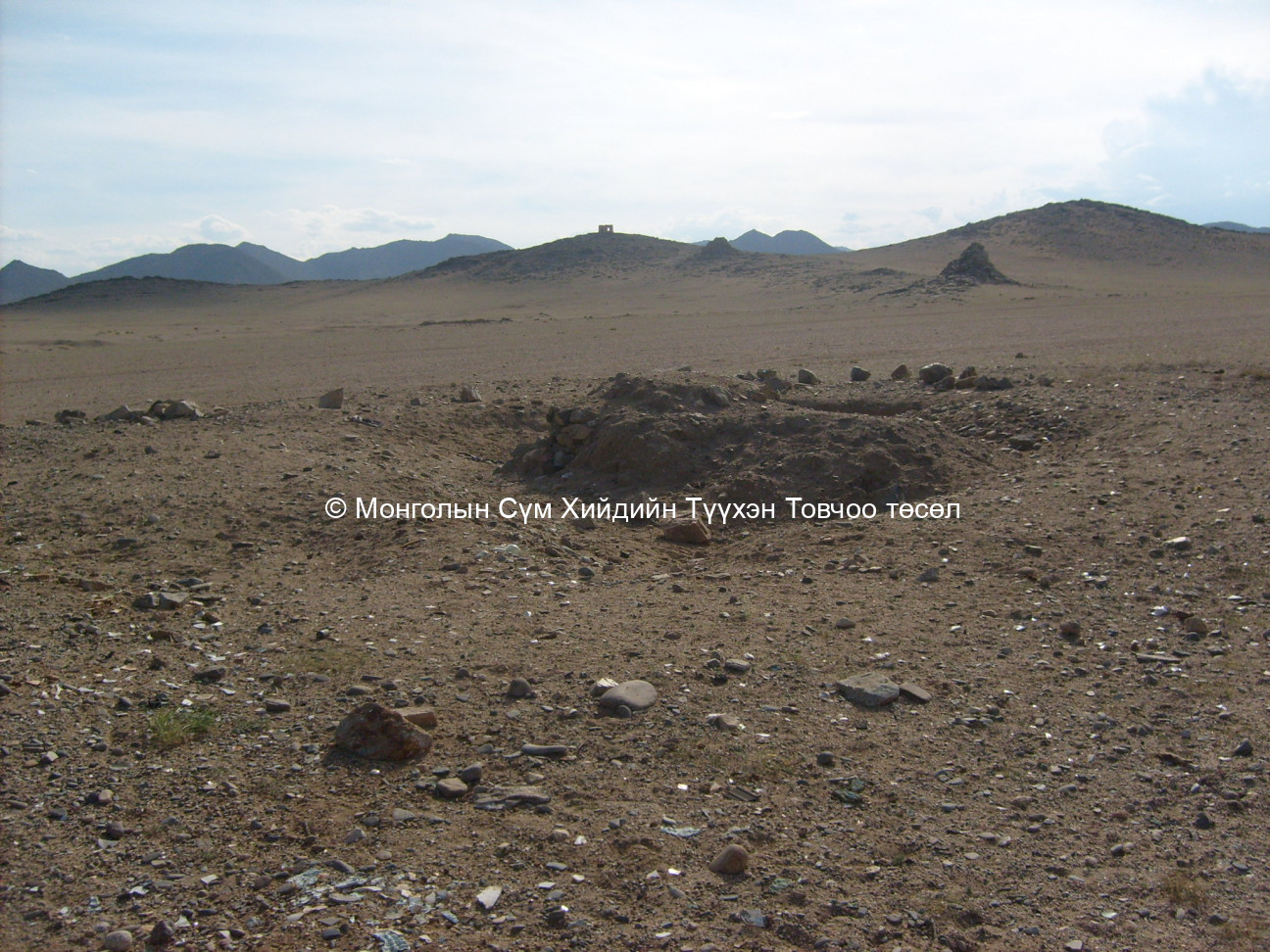
Uuldiin shar sum
Read in Mongolian
Name(s) of Temple :
Uuldiin shar sum ,Shar sum,
Rinchen Number :
30
Rinchen Name :
Uuldiin shar sum, Uuldiin tugeemel amarjuulagch
Type of Temple :
Temple
Aimag Temple located in :
Khovd
Sum Temple located in :
Khovd khot
Old Aimag Name :
Zasagt Khan
Old Sum Name :
Chandmani uulyn aimag
Precis History(In Mongolian only):
Ховд аймгийн Жаргалант сум буюу Ховд хот. Өөлд, Мянгад хоёр хошууны дунд харьяалалтай“Ховдын шар сүм” Эдүгээ Ховд аймгийн төвийн баруун хойд хэсэгт байдаг Ховдын шар сүм нь 200 шахам жилийн түүхтэй бөгөөд анх 1760-аад оны үед Манжийн эзэн хаанаас санаачлан Түгээмэл Амаржуулагч хэмээх сүмийг барьж эхэлсэн нь Ховдын шар сүмийн эхлэл байжээ. Уг сүмийг анх барьж үүсгэсэн тухай Монгол Улсын Үндэсний Түүхийн төв архивт “... Тэнгэрийн Тэтгэсний гучиннэгдүгээр /1766/ онд гал нохой жил Манжийн хаан сангаас түм илүү лан мөнгө гаргаж сүмийг эхэлж бариулан “Түгээмэл Амаржуулагч” хэмээн нэрлэж Өөлдийн гэлэн Дондогоор лам талбижээ.Мөн Өөлд Мянгадын хошуунаас хоёр дэмч гаргаж туслуулан, сул лам 364 хүнээр тоо тогтоож түмэн өлзийн номыг үүрд уншихаар бодож, мөн сүмд Халхын Засагт хан аймгийн Жалханз хутагт, Сайн ноён хан аймгийн Нар Банчи хутагтыг ээлжлэн суулгаж шашин хурлын үйлдвэрийг эрхлүүлэхээр тогтоожээ.Гал гахай жил /1767/ онд Жалханз хуцтагтаар сүмийг тэргүүлүүлэн “Түгээмэл Амаржуулагч” сүмийн тэмдэг хэмээх Монгол үсгийн тэмдэг бариулан бүх лам нарыг захируулж суулгав.Мөн онд Хуувийн сайд Жалангагийн газраас Халхын аймгуудаас дөрвөн зүйлийн мал дайчлан явуулж гурван жил үржүүлж адуу тэмээ үхэр хонийг сүмийн жас болгож өсгөөд уг эх малыг хойш буцаасан зүйл буй” Мөн сүмийн хөшөө чулууны бичигт: “Сайнаар зохицож дайныг байгсан /зогсоосон/-д баясалцаж, сааралгүй тарианы үйлдвэрийг хичээгтүн.Үүнээс хойш соёлд хандсан тулд хүмүүн үржиж үүрд аж төрмуй...” гэсэн эх бичмэл баримт хадгалагдаж байна. Ховдын шар сүм нь энэ хязгаар нутгийн шашин номын төв байгаад зогсохгүй Манжийн эрхшээлийн үе ялангуяа Богд хаант Монгол улсын үед баруун хязгаарын нийгэм улс төр засаг захиргааны томоохон төв байжээ. Богд хант Монгол улсын үед энэ сүмд Богдын засгийн газрын шийдвэрээр Жалханз хутагт Б.Дамдинбазар, Нар Ванчин гэгээн С. Пүрэвжав нар томилогдон сууж байсан нь зөвхөн шашин номын үйл эрхлэх бус цаанаа баруун Монголын хязгаар нутгийн тусгаар тогтнолыг хамгаалах Ховдын хязгаар нутгийг түвшитгэн төвхнүүлэх улс төрийн зорилго агуулгатай байжээ. Холбогдох эх сурвалж: 1.Ч. Банзрагч, Б. Сайнхүү “ Монголын хүрээ хийдийн түүх” УБ 2004 2. Жаргалант сумын өндөр настан Дамдин гуайтай хийсэн ярилцлагаас
Description of location :
There are traces of Uuldiin Shar Sum (Uuld’s Yellow Temple) on the northern shore of the Buyang Gol which flows northwest of Khovd Town. The valley of Buyant Gol is low rise land. Khovd town is on the south shoreline of Buyant River and the distance between the Uuldiin Shar Sum and the town is around 10 km. Therefore, the Shar Sum was built next to Khovd town which was the biggest settlement in Mongolia at the time. These days, Khovd town has a population of over 30,000 and it is considered to ‘anchor’ western Mongolia. In the town of Khovd, at the back of the historical site stands the Khukh Serkhiin mountain range which is protected as a Strictly Protected National Reserve Area. The Buyant River surrounds the site and there are no traces of worship.
GPS readings :
North 48° 01’ East 091° 36’
Estimated site dimensions (metres) :
Side1: 60: Side2: :60 Side3: 15: Side4: :30 Side5: 10: Side6: :25
Revived temple on site :
Yes
Status of site at time of survey :
Traces from the Shar Temple establishment are clearly visible. But because the site is located close to the sandy shoreline, much of what remained is covered in sand and the traces of temple bases, fallen bricks and signs of rummaging are visible. Since the beginning of the 1990s, a story about altar items was passed on among the locals and these days the site location has signs of rummaging near a temple well and some temple bases. There are 4 big square stones which could have been uncovered during the search of relics. It is clear that the Shar Sum base had 3 separate sections including a temple section and dwellings for monks. It is unknown if there haveto restore and protect this site. Traces of the previous establishment are disappearing because of sand movement. In 1990, there was a new temple built on the previous temple site which served the locals for a couple of years but was later demolished because it was too far from roads. The demolished temple was rebuilt in the town centre. Currently there is a mound of dirt added on the former site.
Date of founding the monastery/temple :
1850
1850-1860
Date of closing and destroying the monastery :
Огноо хаагдсан: 1937 - Ярилцлагын дугаар:001
Огноо хаагдсан: 1937 - Ярилцлагын дугаар:002
Огноо нураагдсан:: 1938 - Ярилцлагын дугаар:001
Огноо нураагдсан:: 1938 - Ярилцлагын дугаар:002
Old monastery/temple revived:
Yes
Revived temple register number:
ХОХХ 075
Үүсгэн байгуулагч хүний нэр болон цол хэргэм (мэдэгдэж байвал):
Нэр, цол хэргэм : Manjiin Enkh-Amgalan khaan - Ярилцлагын дугаар: 002
Нэр, цол хэргэм : Uuldiin Gelen Dondog - Ярилцлагын дугаар: 001
Нэр, цол хэргэм : Uvgun lam Sonom - Ярилцлагын дугаар: 001
Нэр, цол хэргэм : Dookoon Dondov - Ярилцлагын дугаар: 002
Date of Reviving:
Year : 1990 on the site - now destroyed so not surveyed - Ярилцлагын дугаар:
Year : 1997 not on site - Ярилцлагын дугаар:
Monks in Old Temple :
100 monks
140 monks
Notes :
1. In Prof. B. Rinchen’s list, the site is known as the Uuldiin Shar Sum and Tugeemed Amarjuulagsh. The locals call this place Uuldiin Shar Sum or Shar Sum, inspired by the fact that many of the temple initiators, monks and devotees were of Uuld origin. Historically Uuld is one of the groups that make up the Oirat people, one of the ethnic groups of Mongolia. The Shar Sum was also home to monks from barrens of Uriankhia of Altai, Myangad, Zakhchin and Torguud.
10. The first the idea to establish a temple of the Yellow sect on the shoreline of Buyant River was initiated by Bikshu Dondog of Uuld oringin. This was well received by the Manchurian Emperor who provided funds collected from 4 provinces of Khalkh. The interior design of the temple was inspired by the story named “Tansan Lam in the West” (Tansan Lamiin Baruun Etgeeded) which mentions beautifully decorated designs. The local seniors believe that it was one-off temple in Mongolia.
12. Please see ХОХХ-075.
7. This is the size of the biggest temple base that remained from the previous settlement. 1. The site was occupied by a new temple which was later dismantled. 2,3 The size of the elevated land located east of the historical size.
14. There are photos that have special comments are found at the museum of Khovd province.
Form Number :
ХОХХ 076
Survey Team :
Team А
Лочингийн Ишжамц
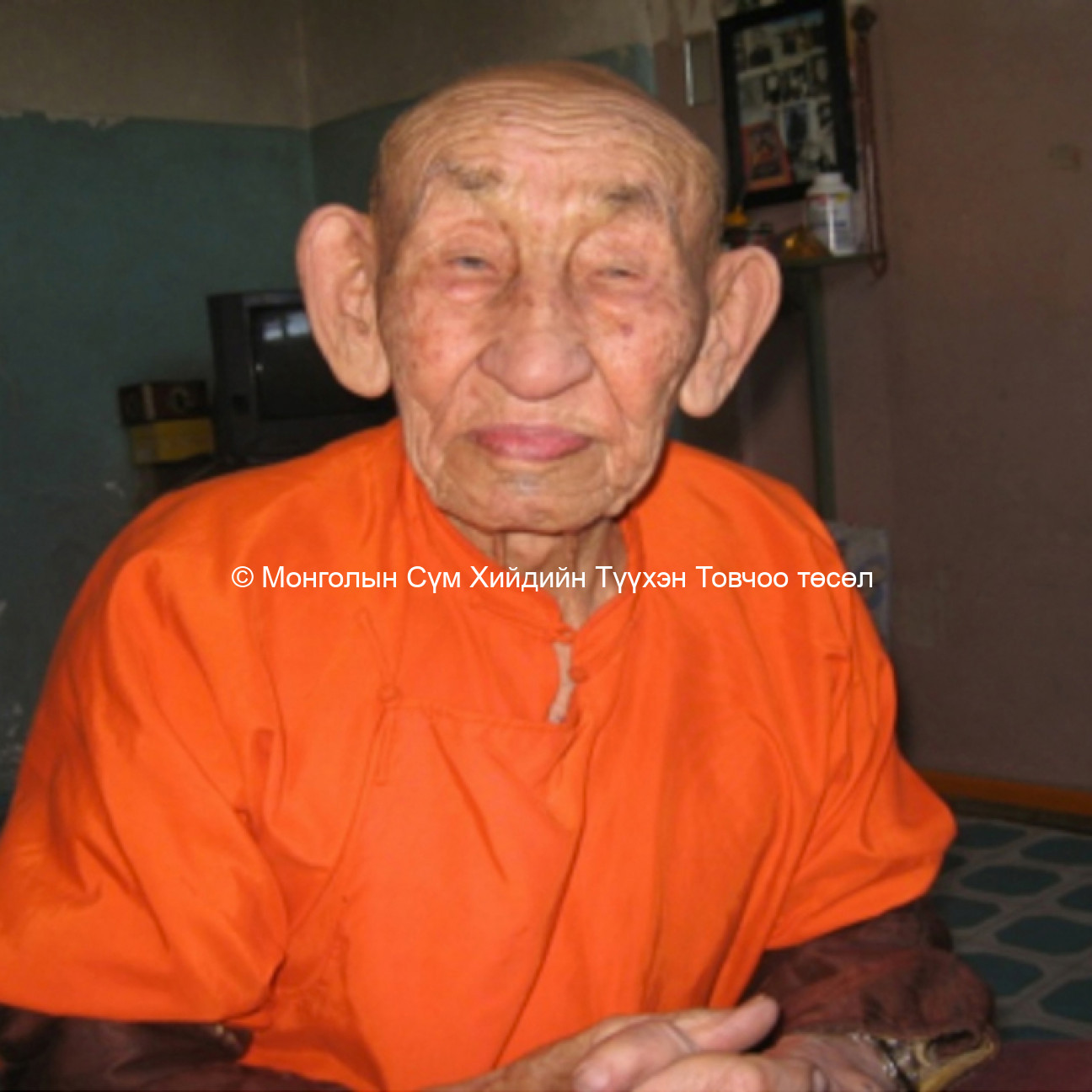
Oral History :
Лувсан

Oral History :


